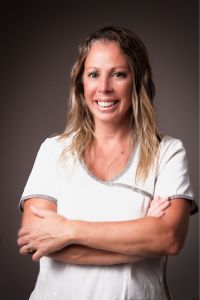There are questions that all orthodontists ask ourselves:
What is the best way to correct a class 2 and a class 3 in adults and growing patients?
Have you ever carried out the same mechanics in different patients and in some it did not work for you and you do not know the reason?
Have you ever wondered why elastics sometimes only worsen the result?
And when there are deviations from the midline? What do you do?
Can't you understand why some open bite cases respond to mechanics and others don't?
Generally, orthodontic treatment has been limited to dental alignment or symptomatic correction of malocclusion, and has lost sight of the purpose of solving the origin of the problem. The idea will be to address the different pathologies from a joint and muscle diagnosis starting from a starting reference position and reconsidering the mechanical approach of each one of them to reach a therapeutic position (treatment objective).
It will focus on the correct orientation of the occlusal plane and the curve of Spee to stabilize the treatment and maintain the results over time.








